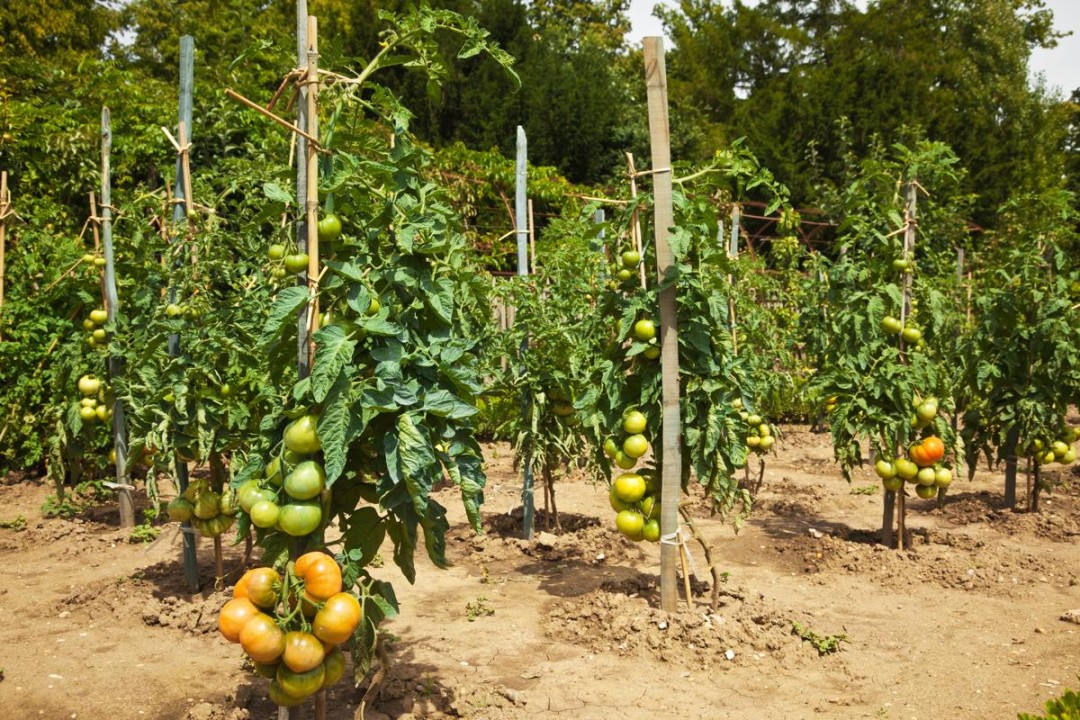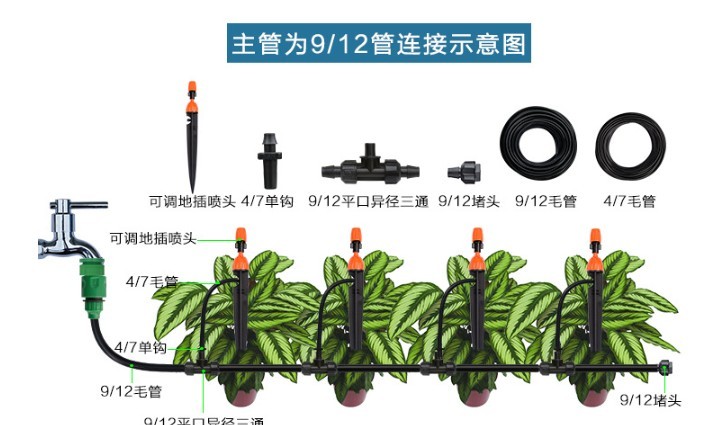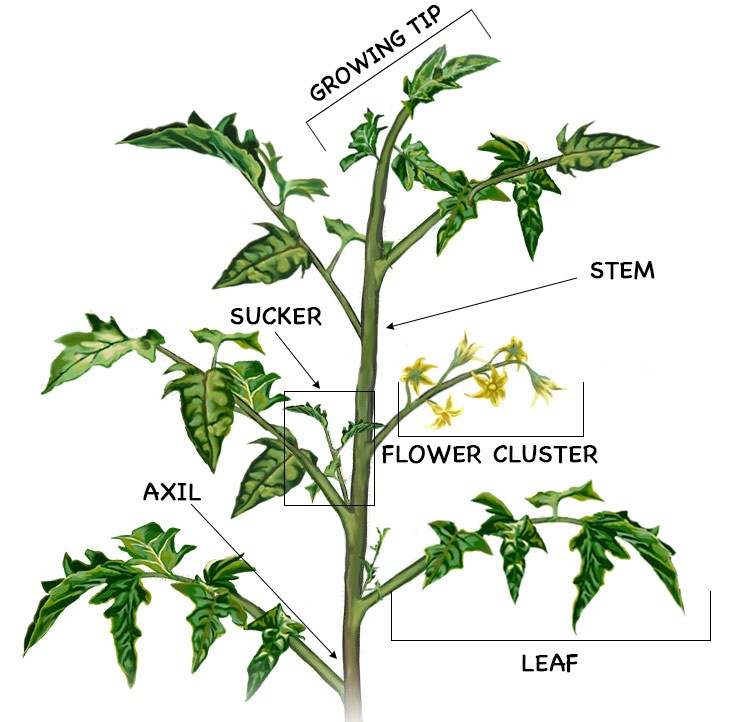Skip to content
Home/How to plant tomato (3)
How to plant tomato (3)
How to Grow

- Keep weeds under control during the growing season. Weeds compete with plants for water, space and nutrients, so control them by either cultivating often or use a mulch to prevent their seeds from germinating.
- Mulches also help retain soil moisture and maintain even soil temperatures. This is especially important for tomatoes as their roots may be easily damaged when weeding, and this can lead to blossom end rot.
- Keep plants well-watered during the growing season, especially during dry spells. Plants need about 1-2 inches of rain per week during the growing season. Use a rain gauge to check to see if you need to add water.
- It’s best to water with a drip or trickle system that delivers water at low pressure at the soil level. If you water with overhead sprinklers, water early in the day so the foliage has time to dry off before evening, to minimize disease problems. Keep the soil moist but not saturated.

- If growing on stakes: As the plants grow, allow only one or two main stems to grow and pinch out any other side shoots as they form. Gently tie the one or two remaining shoots to the stake; don’t pull them tightly against the stake. If growing in cages, no pruning is necessary.

- Whether to remove the side shoots, or suckers, that grow out of the leaf axils or not depends on the support system used.
- Gardeners using stakes usually snap off these side shoots. They typically get earlier and larger tomatoes but overall production tends to be less. If tomatoes are grown in cages, the suckers are generally left on, although it’s a good idea to pinch the tip out of them when they are 6-8 inches long.
- Regardless you may want to remove all the growth from the bottom 6-10 inches of the plant. This helps to improve air circulation and reduce the spread of diseases such as early blight. Wait until the plants are knee-high. In the morning when the plants have the most water in them, snap off the lower growth while it is small. Any plants that look sick with distorted foliage or have a mosaic pattern on the leaves should be removed as they may have a virus that can spread to the other plants. It is best to do this early in the season.
- Monitor for pests and diseases. Check with your local Cooperative Extension Service for pest controls recommended for your area.
HUAYO2021-09-18T09:46:09+00:00




Leave A Comment
You must be logged in to post a comment.